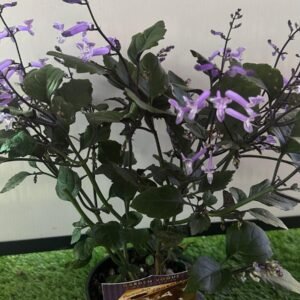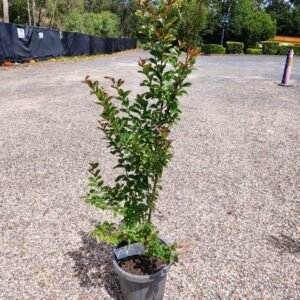2. Soil Type
Soil provides the foundation for plant growth, supplying essential nutrients, water, and support. Understanding your soil type is crucial for selecting plants that will thrive. The primary soil types in Australia include:
Sandy: Sandy soils are light, well-drained, and tend to dry out quickly.
Clay: Clay soils are heavy, retain moisture well, and can be slow to drain.
Loamy: Loamy soils are a balanced mix of sand, clay, and silt, offering excellent drainage and fertility.
Acidic: Acidic soils have a pH below 7.
Alkaline: Alkaline soils have a pH above 7.
You can determine your soil type through a simple test using a soil testing kit or by observing its characteristics. For instance, sandy soil feels gritty, clay soil feels sticky, and loamy soil feels crumbly.

















